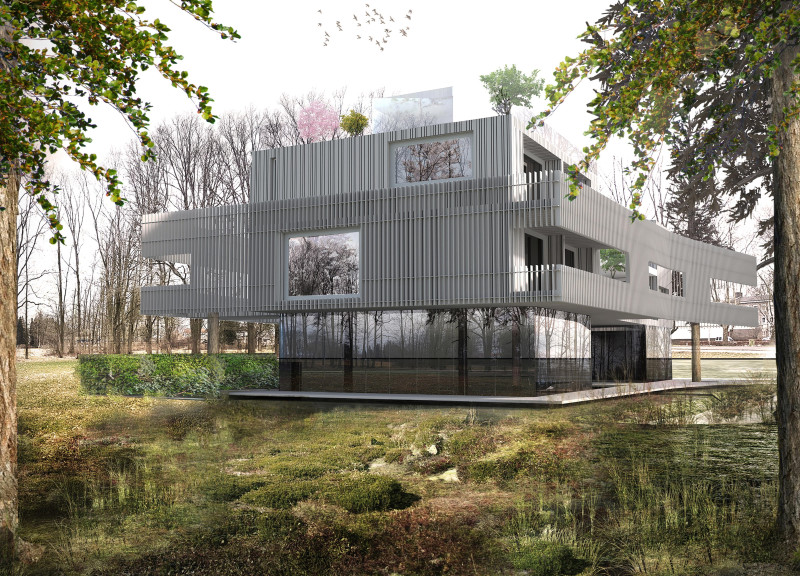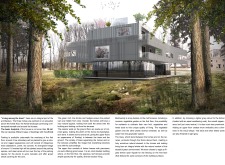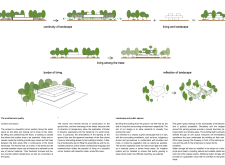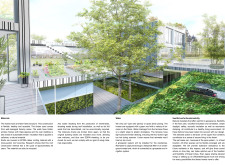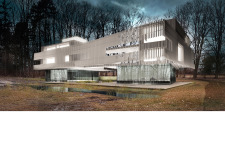5 key facts about this project
This design serves multiple functions, tailored specifically to cater to the community it serves. It integrates various spaces that facilitate [specific uses, such as gathering, learning, or living], promoting interaction among its occupants. By doing so, the project not only meets the practical requirements of its intended use but also fosters a sense of connection and belonging within the community.
The project showcases an intricate interplay of materials, which are selected not only for their aesthetic qualities but also for their performance characteristics. Concrete is employed extensively throughout the structure, offering durability and strength, while large glass elements are incorporated to enhance natural light penetration, creating a welcoming environment. The use of wood adds warmth to the interiors, further enhancing user experience and comfort. Additional materials, such as steel, provide structural integrity and modern accents, contributing to the overall aesthetic cohesion of the project.
A key feature of the design is its careful attention to spatial organization. The layout is intentional, allowing for an effective flow between different areas, which maximizes usability. Open spaces are effectively balanced with more intimate settings, enabling flexibility in how the areas can be utilized. This versatility is an essential characteristic of contemporary architecture, making it suitable for various activities and functions.
Moreover, the project demonstrates unique design approaches that reflect an innovative mindset. One notable aspect is the integration of sustainable practices within the architectural framework. By incorporating green roofs and possibly rainwater harvesting systems, the design not only promotes ecological responsibility but also enhances the building's operational efficiency. Such approaches resonate deeply in today’s architectural discourse, as they challenge designers to rethink conventional methodologies for energy consumption and environmental impact.
The concept behind the project is rooted in a desire to bridge the gap between the built environment and the natural world. The thoughtful landscaping surrounding the building complements its architectural form, creating a seamless transition between indoor and outdoor spaces. This connectivity reinforces the project’s commitment to sustainability and enhances the user's experience by inviting nature into daily life.
Every element of the design reflects careful consideration and a deep respect for the culture and environment in which it resides. The choice of colors, materials, and finishes are deliberate, contributing to a cohesive visual narrative while respecting the local architectural vernacular. This sensitivity to context is often what distinguishes exemplary architecture from the ordinary, as it emphasizes a dialogue between the structure and its setting.
Ultimately, this architectural project demonstrates a sophisticated understanding of contemporary needs while honoring traditional values. It serves as a platform for various functions and supports community engagement, emphasizing connectivity among its users. Those interested in delving deeper into the project's components are encouraged to explore the architectural plans and sections, as well as additional architectural designs and ideas presented by the project. By doing so, they can gain valuable insights into the thoughtful methodologies and innovative strategies that have shaped this remarkable architectural endeavor.


